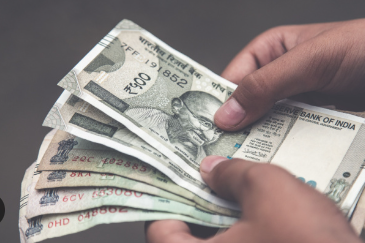Life is unpredictable, and unexpected expenses can arise at any moment. Having an emergency fund is a crucial financial safety net that provides peace of mind and financial security. This guide outlines the steps to create an emergency fund and emphasizes why it’s an essential component of a robust financial plan.
Understanding the Importance of an Emergency Fund
Financial Stability
An emergency fund acts as a buffer against unforeseen financial challenges, such as medical emergencies, car repairs, or sudden job loss. It provides a financial cushion, preventing these events from derailing your overall financial stability.
Peace of Mind
Knowing you have a safety net in place can significantly reduce stress and anxiety. With an emergency fund, you’re better equipped to handle unexpected situations without resorting to high-interest loans or accumulating debt.

Setting Up Your Emergency Fund
Assess Your Expenses
Start by assessing your monthly expenses. Calculate essential costs such as rent or mortgage, utilities, groceries, and insurance. This evaluation provides a baseline for determining the size of your emergency fund.
Determine a Realistic Goal
Set a realistic goal for your emergency fund based on your assessment of monthly expenses. Aim for at least three to six months’ worth of living expenses. This ensures you have adequate coverage in case of a prolonged financial challenge.
Building Your Emergency Fund
Create a Separate Account
Designate a separate savings account specifically for your emergency fund. Keeping it separate from your regular accounts helps prevent the temptation to dip into it for non-emergencies.
Start Small, Be Consistent
If building a substantial fund seems overwhelming, start small. Consistency is key. Regularly contribute a fixed amount to your emergency fund, treating it as a non-negotiable part of your monthly budget.
Strategies for Growing Your Emergency Fund
Windfalls and Bonuses
Use unexpected windfalls, such as tax refunds or work bonuses, to boost your emergency fund. These one-time influxes of cash can significantly accelerate your savings.
Side Hustles and Extra Income
Consider exploring side hustles or additional income streams. The extra money generated can be directed towards your emergency fund, increasing its size more rapidly.
When to Use Your Emergency Fund
Genuine Emergencies Only
Reserve your emergency fund for genuine emergencies – situations that threaten your financial stability and cannot be covered by your regular income or other savings.
Regularly Reassess
Regularly reassess the size of your emergency fund based on changes in your financial situation. Life events, such as a new job or a change in expenses, may necessitate adjustments to your fund’s target.
Conclusion
Creating and maintaining an emergency fund is a foundational element of responsible financial management. It provides a safety net for life’s unexpected twists and turns, offering stability, peace of mind, and protection against financial crises. By following these steps and consistently contributing to your emergency fund, you can build a resilient financial foundation for the future.





